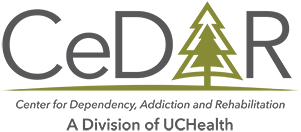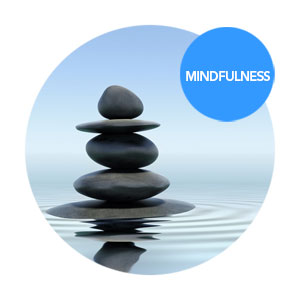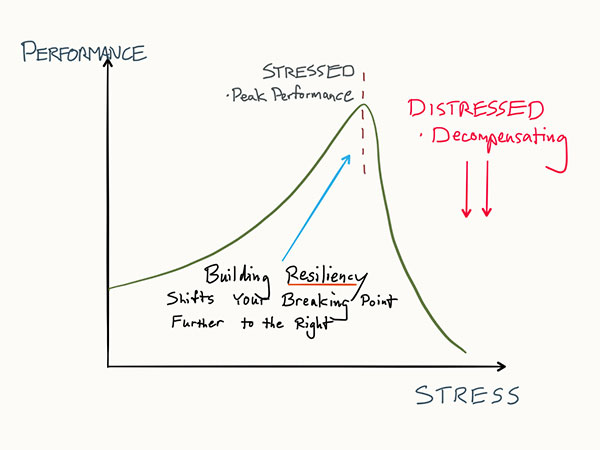MINDFULNESS
Mindfulness training involves a sense of staying present, avoiding judgments and living without resistance to the current world. This ability to accept the current surroundings in an attentive way serves multiple purposes for you, especially that of reaching a greater state of calmness. Addiction and mental illness often showcase the opposite of this calm. Anxiety, agitation, distractibility, criticism – these traits elevate in the cycle of addiction. Mindfulness, in a way, puts opposite pressure on these traits, moving you towards a greater state of mental well-being.
- Staying present, in the moment
- Avoiding judgments (both good and bad)
Mindfulness Involves a ‘Full Mind’
At CeDAR, expert nurse practitioner Bari Platter, MS, RN, PMHCNSBC teaches the mindfulness courses to people. She often talks about the misnomer of mindfulness as a state of ‘clearing the mind,’ as is taught through transcendental meditation and Buddhist traditions. Instead, she teaches the goal of a ‘full mind,’ which emphasizes staying incredibly present. For many people, experiencing a present full mind is actually easier than trying to clear one’s mind.
For instance, it is possible, and probably a good idea, to practice mindfulness while mowing the lawn. Engagement in the activity, avoiding distractions, and clearing your mind of judgment or criticism is a necessity in this process. Appreciating the color, temperature, sounds, and sights of the lawn-mowing process will increase your engagement and feeling of centeredness. This core feeling, whether you call this being grounded or enlightened or in a good space, is our target.
Basic Mindful Framework
There are three simple categories of mindfulness activities:
- Observation
- Description
- Participation
You can place any mindful act into one of these categories. It is possible to blend categories, such as with the lawn-mowing example. This can be an exercise that scores well for observation as well as participation.
A description exercise involves holding or looking at something, with the goal of attending to small details. Using your five senses to become highly attuned to the object, and putting what you see into words. Describe the object through speaking (either by yourself or with a peer) or through journaling. Good examples include simple objects such as pens or shoes. When was the last time you really focused on the precision that goes into your shoes? A mindfulness exercise in this way can be very grounding.
Resilience-Building
Through practicing these examples, one of the greatest things you can help bolster for yourself is resilience. Think of resilience as a ‘bendable’ quality, such as that you may find with plastic or metal factory components. The resilient pieces are able to ‘bounce back,’ especially in response to stress. One diagram to review stress as it applies to your functioning is that of the stress-performance curve:
Mindfulness training builds resiliency. This has been established through psychological testing, neuro-imaging studies, and expert approaches looking at long-term recovery rates from substances. The most mindful people are often the most resilient. In expanding on this diagram above, our goal is to gradually shift your breaking-point line further and further to the right. The person who does this is able to perform at very high levels and functions well into a stressed rather than distressed state of mind.
Read more CeDAR Education Articles about Mindfulness including Square Breathing.





